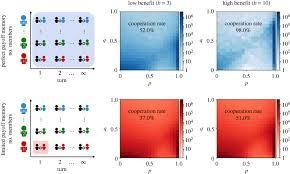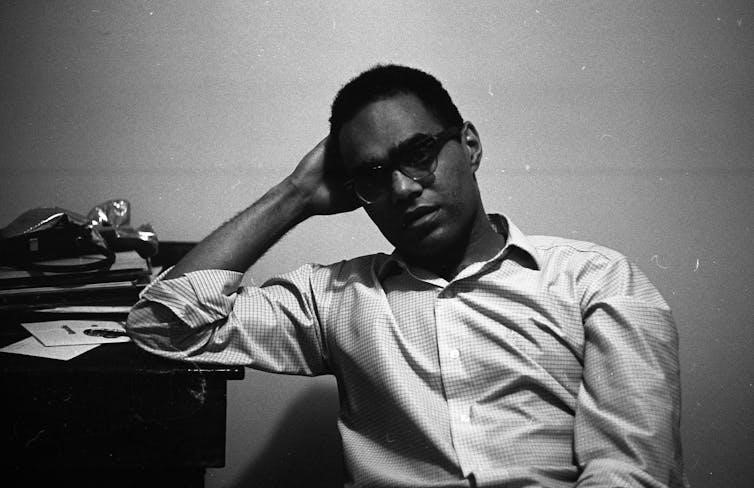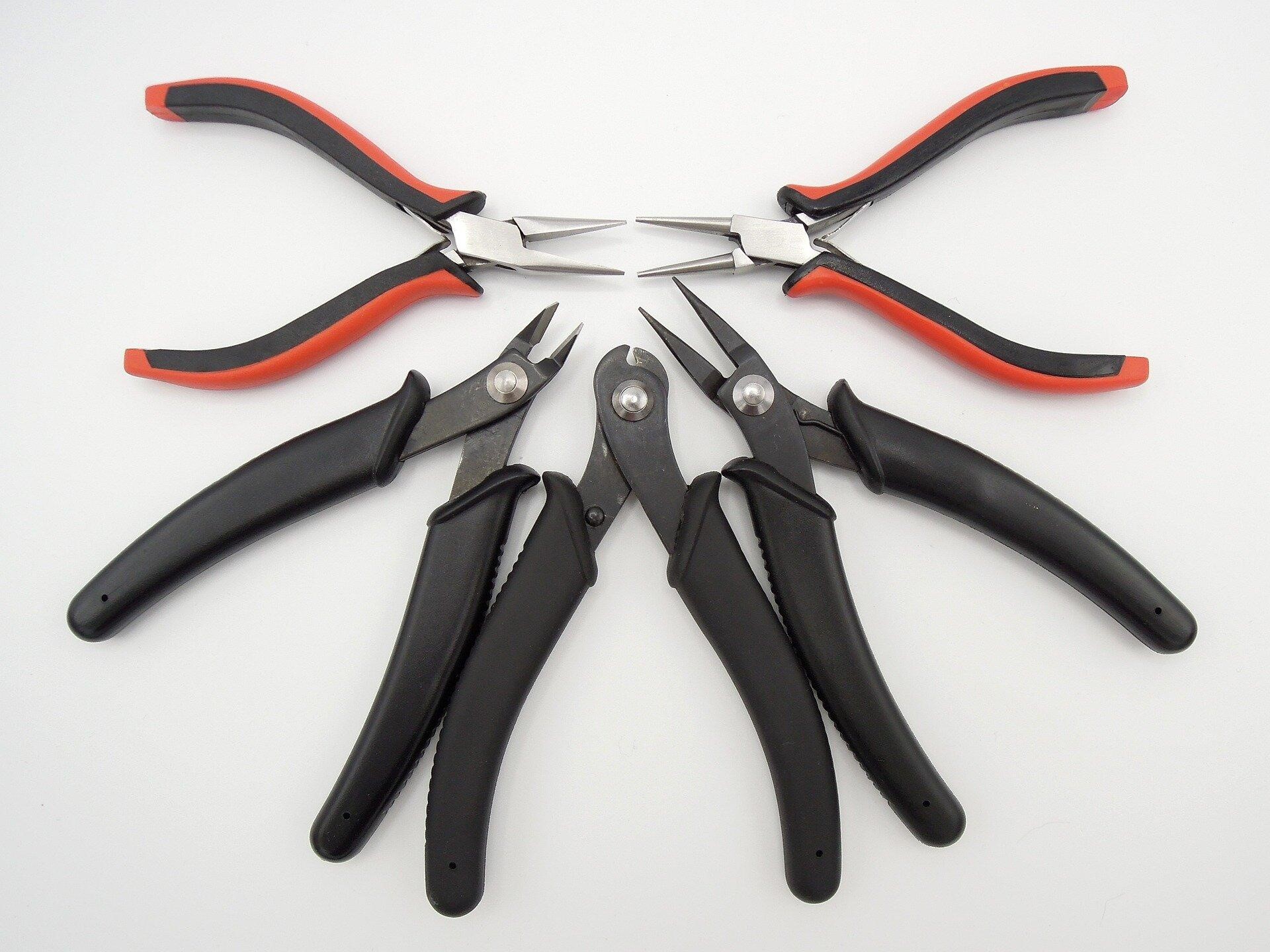One hundred years ago, in the 1924 Paris Olympics, American Johnny Weissmuller won the men’s 100m freestyle with a time of 59 seconds. Nearly 100 years later, in the most recent Olympics, the delayed 2020 Games in Tokyo, Caeleb Dressel took home the same event with a time that was 12 seconds faster than Weissmuller’s.
Swimming times across the board have become much faster over the past century, a result of several factors, including innovations in training, recovery strategy, nutrition, and some equipment advances.
One component in the improvement in swimming performances over the years is the role of biomechanics—that is, how swimmers optimize their stroke, whether it’s the backstroke, breaststroke, butterfly, or freestyle.
Swimmers for decades have experimented with different techniques to gain an edge over their competitors. But in more recent years, the application of mathematics and science principles as well as the use of wearable sensor technology in training regimens has allowed some athletes to elevate their performances to new heights, including members of the University of Virginia’s swim team.
In a new research paper, a UVA professor who introduced these concepts and methods to the team and some of the swimmers who have embraced this novel approach to training lay out how the use of data is helping to transform how competitive swimmers become elite. The paper is published in The Mathematical Intelligencer journal.
‘Swimming in data’
Ken Ono thought his time working with swim teams was over. Ono—a UVA mathematics professor, professor of data science by courtesy, and STEM advisor to the University provost—had spent years working with competitive swimmers, first during his time at Emory University in Atlanta and then with other college teams, including Olympians, over the years.
However, he didn’t plan to continue that aspect of his work when he arrived at UVA in 2019. But after a meeting with Todd DeSorbo, who took over the UVA swim program in 2017, Ono soon found himself once again working closely with athletes, beginning his work as a consultant for the team during the 2020-21 season. The UVA women’s swim team would win their first of four consecutive national championships that year.
“One of the things that WElike quite a bit about this work is that swimming is crazy hard,” Ono said. “We were never meant to be swimmers, and it is both an athletic challenge as well as a scientific challenge—it has it all.”
Last fall, following a suggestion from DeSorbo, Ono offered a class that outlined the science-focused approach to improving swimming performances that had proven so successful at UVA, but he wanted to make sure there were no misconceptions about the seriousness of the material.
“We don’t want people thinking that it’s a cupcake course that’s offered for the swimmers,” Ono said.
So, Ono teamed up with UVA students Kate Douglass, August Lamb, and Will Tenpas, as well as MIT graduate student Jerry Lu, who had worked with Ono and the UVA swim team while an undergraduate at the University, to produce a paper that covered the key elements of the class and Ono’s work with swimmers.
Tenpas and Lamb both recently completed the residential master’s program at the School of Data Science as well as their careers as competitive collegiate swimmers. Douglass, who finished her UVA swim career in 2023 as one of the most decorated swimmers in NCAA history, is a graduate student in statistics at the University and is set to compete in the Paris Olympics after winning a bronze medal in the 2020 games.
The group drafted the paper, which they titled “Swimming in Data,” over the course of two months, and it was quickly accepted by The Mathematical Intelligencer. There, Ono said, it has become one of the most-read papers on a STEM subject since tracking began. In July, a version of the paper will also be published in Scientific American.
“It seems to have taken off,” Ono said.
The impact of digital twins
After outlining the evolution of swimming over the past 100 years, the paper explains how an understanding of math and physics, combined with the use of technology to acquire individual-level data, can help maximize performances.
Essential to understanding the scientific principles involved with the swimming stroke, the paper says, are Newton’s laws of motion. The laws—which cover inertia, the idea that acceleration depends on an object’s mass and the amount of force applied, and the principle that an action exerted by an object on another elicits an equal and opposite reaction—help simplify how one should think about the many biomechanical factors involved with swimming, according to Tenpas.
“There are all sorts of flexibility limitations. You have water moving at you, you have wakes, you have currents—it’s easy to kind of get paralyzed by the number of factors,” said Tenpas, who after four years at Duke, where he studied mechanical engineering, enrolled in UVA’s data science program and joined the swim team with a fifth year of eligibility.
“WEthink having Newton’s laws is nice as it gives you this baseline we can all agree on,” he added.
It’s a way to understand pool mechanics given the counterintuitive motion swimmers must use to propel themselves forward, according to Ono.
“The reason that we go to great extent to recall Newton’s laws of motion is so that we can break down the factors that matter when you test a swimmer,” he said.
To conduct these tests, Ono and his team use sensors that can be placed on swimmers’ wrists, ankles, or backs to gather acceleration data, measured as inertial measurement units. That information is then used to generate what are called digital twins, which precisely replicate a swimmer’s movements.
These twins reveal strengths and weaknesses, allowing Ono and the coaching staff to make recommendations on technique and strategy—such as how to reduce drag force, a swimmer’s true opponent—that will result in immediate improvement. In fact, through the analysis of data and the use of Newton’s laws, it is possible to make an accurate prediction about how much time a swimmer can save by making a given adjustment.
Lamb, who swam for UVA for five years while a computer science undergrad, then as a data science master’s student, likened digital twins to a feature in the popular Nintendo game Mario Kart where you can race against a ghost version of yourself.
“Being able to have this resource where you can test for one month and then spend a month or two making that adjustment and then test again and see what the difference is—it’s an incredibly valuable resource,” he said.
To understand the potential of digital twins, one need only look at the example of Douglass, one of the co-authors, who is cited in the paper.
A flaw was identified in her head position in the 200m breaststroke. Using her digital twin, Ono and the coaching staff were able to quantify how much time she could save per streamline glide by making a modification, given her obvious talent and aerobic capacity. She did, and the results were remarkable. In November 2020, when her technique was tested, the 200m breaststroke wasn’t even on her event list. Three years later, she held the American record.
‘Everyone’s doing it now’
Swimming will be front and center in the national consciousness this summer. First, the U.S. Olympic Team Trials will be held in Indianapolis in June, leading up to the Paris Olympics in July and August, where DeSorbo, UVA’s coach who embraced Ono’s data-driven strategic advice, will lead the women’s team.
Many aspiring swimmers will undoubtedly be watching over the coming weeks, wondering how they might realize their full athletic potential at whatever level that might be.
For those who have access to technology and data about their technique, Tenpas encourages young swimmers to take advantage.
He noted the significant amount of time a swimmer must put in to reach the highest levels of the sport, estimating that he had been swimming six times per week since he was 12 years old.
“If you’re going to put all of this work in, at least do it smart,” Tenpas said.
At the same time, Lamb urged young swimmers who may not yet have access to this technology to not lose faith in their potential to improve.
“While this is an incredibly useful tool to make improvements to your technique and to your stroke, it’s not the end all, be all,” he said.
“There are so many different ways to make improvements, and we’re hopeful that this will become more accessible as time goes on,” Lamb said of the data methods used at UVA.
As for where this is all going, with the rapidly expanding use and availability of data and wearable technology, Ono thinks his scientific approach to crafting swimming strategies will soon be the norm.
“We think five years from now, our story won’t be a story. It’ll be, “Oh, everyone’s doing it now,'” he said.
For more such insights, log into our website https://international-maths-challenge.com
Credit of the article given to Cooper Allen, University of Virginia












